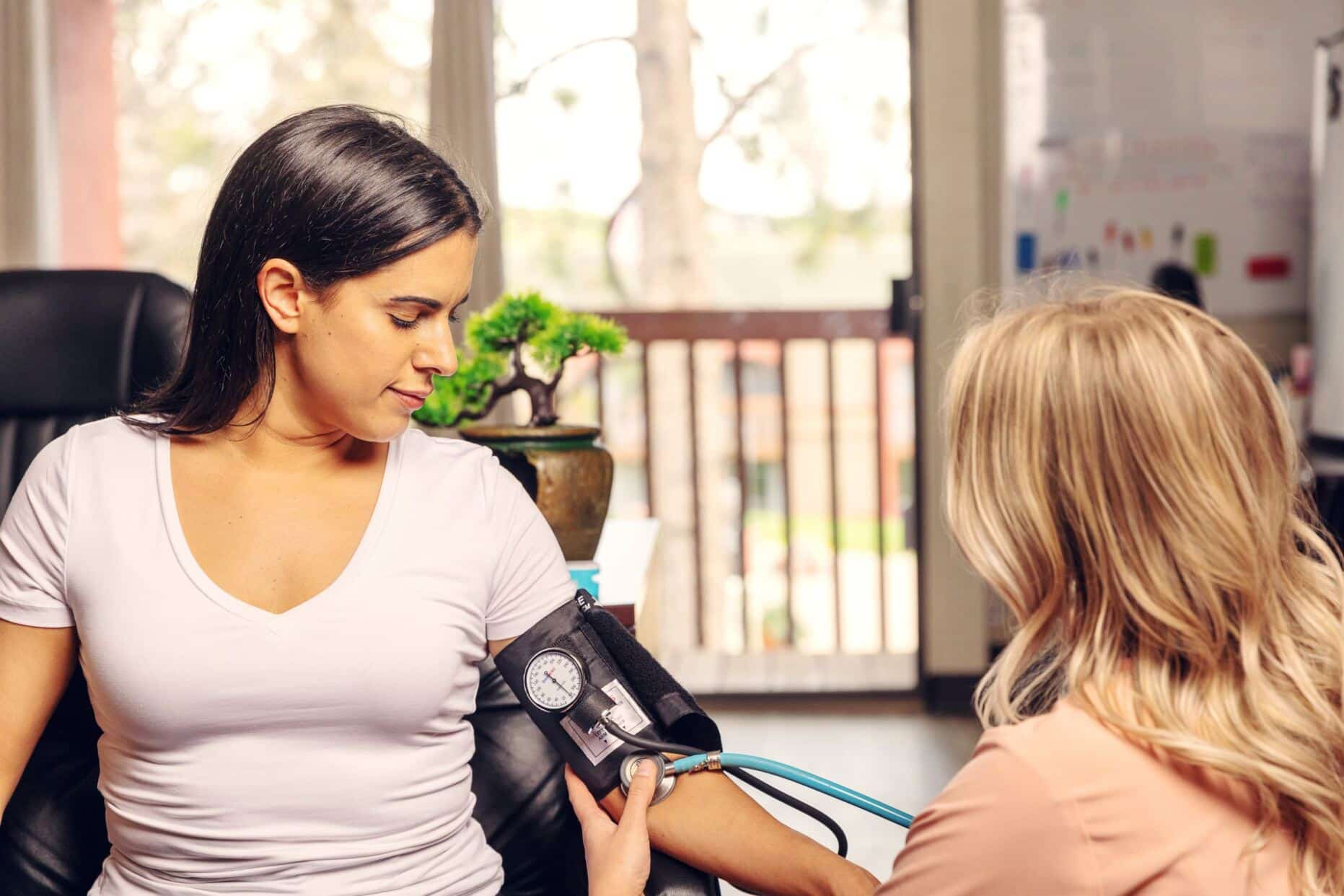Roughly half of all individuals who complete treatment for substance use disorder will relapse. This doesn’t mean rehab failed—it’s about the same rate as for people with other chronic medical conditions such as diabetes, hypertension, and asthma—but physicians and researchers still want to improve the long-term success rate.
Understanding why individuals who want to stop using alcohol, drugs, and other substances, illegally or illicitly, do resume their use. One possible reason is post-acute withdrawal syndrome, if it exists. Not all researchers or therapists believe it does.
What is withdrawal?
Before you experience post-acute withdrawal syndrome, you must first go through withdrawal, sometimes referred to as acute withdrawal syndrome.
Withdrawal is when the body becomes so dependent on alcohol or other drugs that it needs or thinks it needs them just to function. Without them, the individual may experience a series of possible symptoms and side effects.
Signs and symptoms of withdrawal
Symptoms of acute withdrawal may include:
- Craving the substance
- Anxiety
- Yawning or insomnia
- Sweating
- Goose pimples
- Teary eyes
- Runny nose
- Nausea, vomiting, or diarrhea
- Cramps or muscle aches
- Fever
These symptoms can be painful, even life-threatening (severe alcohol use disorder, benzodiazepines addiction), so sometimes clients are tapered off of the substance or prescribed medication-assisted treatment (MAT) instead of stopping cold turkey (stopping immediately and abruptly).
If the individual can abstain for a month—usually less, sometimes longer if they are tapering—withdrawal pain ends. How long withdrawal lasts depends on the substance, how much the individual has been using, and for how long.
Why withdrawal doesn’t always work
Just because substance use and withdrawal end doesn’t mean the substance use disorder ends. Substance use disorder (SUD) usually has at least one underlying cause, why the individual started using the substance in the first place.
Overuse of prescription medications, alcohol, and illicit drugs such as heroin or other substances can lead to addiction because they hijack the brain’s chemistry. Since such substances replace and inhibit the body’s natural supply of dopamine and serotonin, the individual feels compelled to continue using them. Because the body develops a tolerance to the substances over time, the individual must increase the dose or frequency of the substances.
There may also be a co-occurring disorder—chronic pain, bipolar personality, depression, anxiety—also known as a dual diagnosis. If the individual was self-medicating for this mental health problem, to stop using the substance will make this problem worse. If that problem isn’t solved, if new methods of coping with the physical or emotional pain aren’t learned, relapse is more likely.
Sobriety can be fragile. Individuals with substance use disorders remain at high risk or relapse long after withdrawal. Actor Philip Seymour Hoffman relapsed after 23 years. Even though he went back to rehab, he relapsed again and was dead roughly a year later.
What is post-acute withdrawal syndrome?
Post-acute withdrawal syndrome (PAWS)—also known as protracted withdrawal and at least nine other terms—is something that is experienced by countless individuals during the beginning stages of addiction treatment.
PAWS is a second wave of withdrawal symptoms that continues from or occurs after the initial withdrawal. While acute withdrawal symptoms are mostly physical symptoms, PAWS symptoms are mostly psychological and emotional.
Post-acute withdrawal syndrome symptoms/PAWS symptoms
Possible symptoms of post-acute withdrawal syndrome include:
- Anxiety
- Trouble sleeping
- Memory and learning difficulties
- Constant tiredness
- Difficulty making decisions
- Alcohol or drug cravings
- Inability to feel pleasure
- Unease or general dissatisfaction with life
- Depression
- Irritability
- Unexplained physical complaints
- Less interest in sex
Not every individual in recovery from SUD has post-acute withdrawal and if they do, the symptoms might not surface for months, but they may feel worse.
How long does post acute withdrawal last?
Symptoms of PAWS usually peak within 3-6 months of sobriety or abstinence and end by the first anniversary. Many factors factor into that length, including the specific type of substance and the length and severity of use. Age, gender, and general health make a difference too. There are some rules of thumb, however.
While acute withdrawal from alcohol usually lasts 5-7 days, post-acute withdrawal alcohol symptoms can last months. Symptoms of acute withdrawal from opioids and opiates can last up to 10 days (up to 21 if the opioid is methadone), but post-acute withdrawal from opiates symptoms can last years.
Not everyone agrees with what PAWS is or if it deserves a separate diagnosis.
Although at least one scientific study of Terence T. Gorski’s PAWS model seems to confirm its value as a predictor of relapse, the American Psychiatric Association’s Diagnostic and Statistical Manual of Mental Disorders (DSM) doesn’t include PAWS because of the methodology of the few studies on the subject.
Post-acute withdrawal syndrome treatment
Treatment for PAWS is almost the same as for SUD, at least currently. Any PAWS-specific treatments are still in the experimental phase. So, for now, the best treatments for post-acute withdrawal are:
- Cognitive behavioral therapy (CBT). This is a variation of traditional psychotherapy or talk therapy, with the added strategy of teaching the client strategies for handling life’s little setbacks without returning to the bottle or the needle.
- Medication-assisted treatment (MAT). These are drugs with a low risk of dependence because they are weaker than most prescription painkillers or illicit drugs, are combined with anti-addiction drugs, or are tightly regulated.
- Opiates: Suboxone (buprenorphine plus naloxone) or methadone for opiates
- Alcohol: Acamprosate and naltrexone for alcohol
- Benzodiazepines: Flumazenil
- PAWS-related depression and anxiety (if it lasts more than four weeks): Selective serotonin reuptake inhibitors (SSRIs).
- Meditation, yoga, and aerobic exercise. Physical activity releases feel-good chemicals in the body. Meditation helps people focus on the present, not the past or future.
- Time. Individuals with SUD did not become dependent or addicted overnight. Recovery likely won’t happen overnight either.
Relapse isn’t a failure; it’s a setback. Addiction is a mental health issue with biological components. A setback doesn’t mean low moral character or weak willpower. It means the individual must try again. Understanding the risk of post-acute withdrawal syndrome may help.
Sources
Medical disclaimer:
Sunshine Behavioral Health strives to help people who are facing substance abuse, addiction, mental health disorders, or a combination of these conditions. It does this by providing compassionate care and evidence-based content that addresses health, treatment, and recovery.
Licensed medical professionals review material we publish on our site. The material is not a substitute for qualified medical diagnoses, treatment, or advice. It should not be used to replace the suggestions of your personal physician or other health care professionals.






